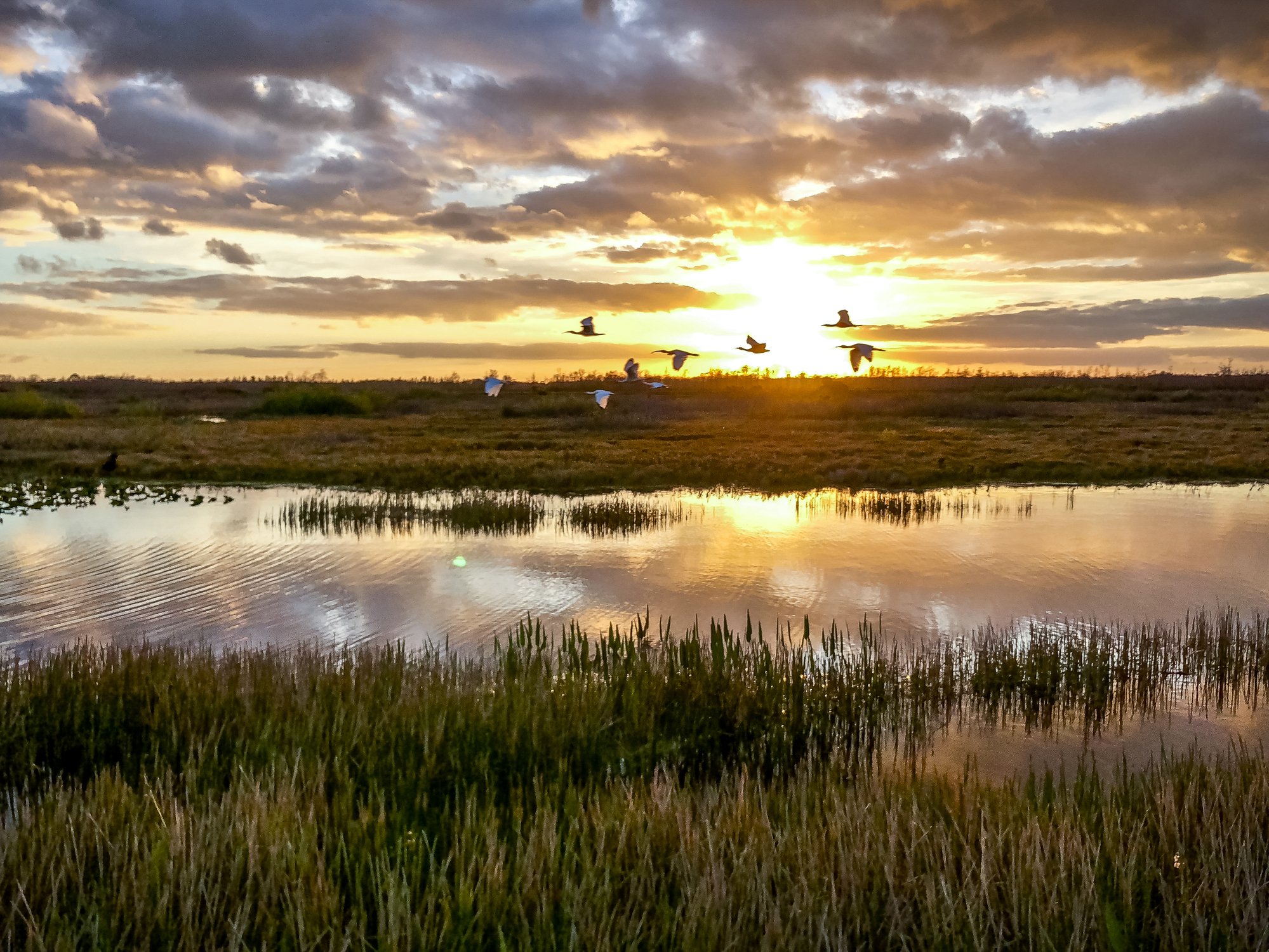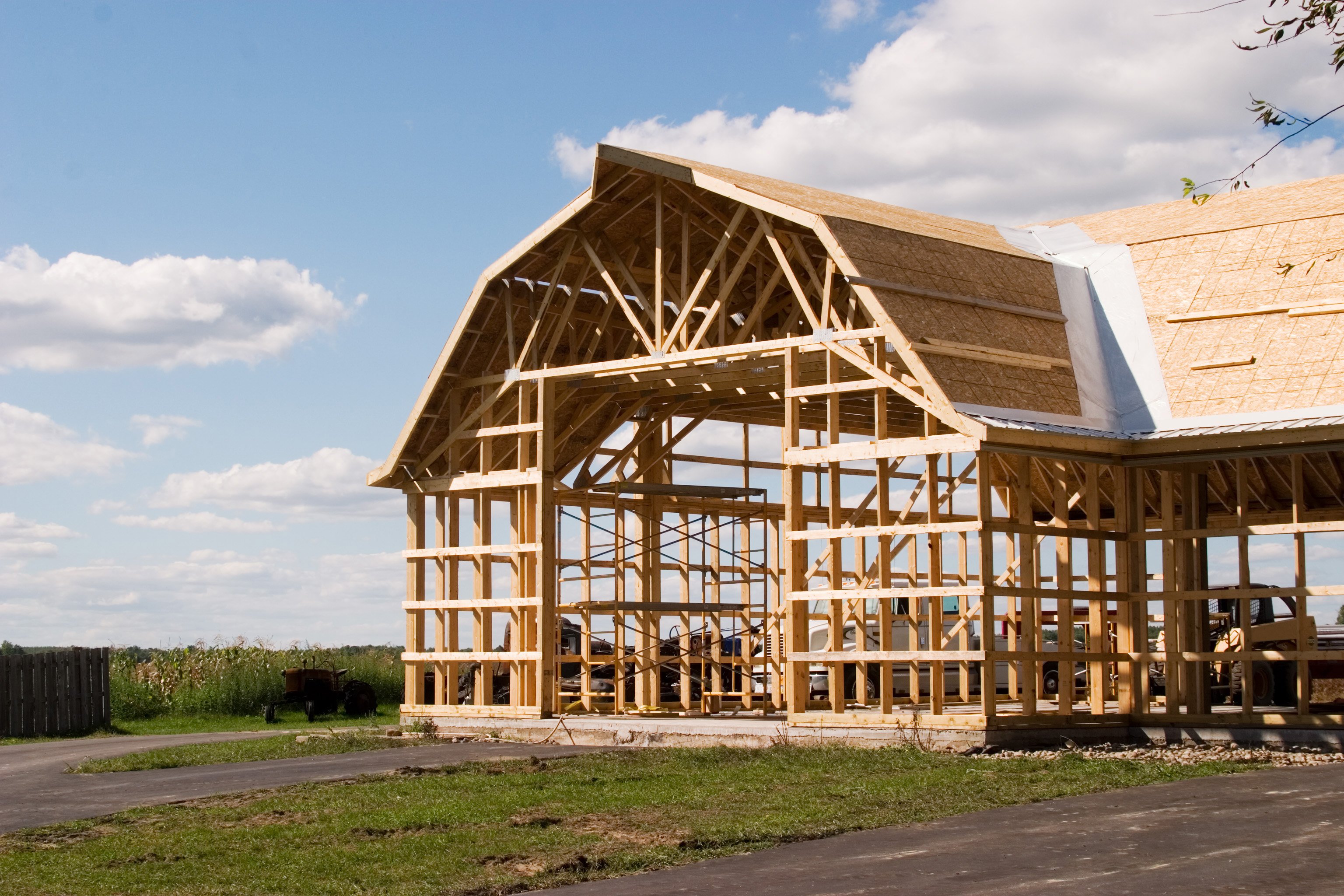Did you know preparing the dirt is one of the most important aspects of building a home? A company that prepares land for homes and buildings in Nassau County, Florida, explains.
You have a picture in your head of that beautiful country home you’d like to build: the stunning wraparound porch, the bay windows looking out into the forest, the cozy kitchen nook.
You probably aren’t picturing truckloads of dirt, but dirt is a critical part to making your home beautiful and stable.
“Dirt is the cheapest thing you’ll do, but in the end it’ll be the most valuable thing you do,” says Michael Stokes, owner of Tim-Prep Inc., a Jacksonville, Florida-based company that clears trees and preps land for building.
The first step to preparing land for a home site
Before you build your home, a house pad has to be prepared. That starts with clearing the trees on your homesite, removing the top layer of topsoil on the land, and bringing in the dirt that will make the site ready for building.
“The top 6 to 12 inches of soil is full of organic materials, which will rot and settle over time,” Stokes explains. Building a house on that kind of soil would be unsafe because - as the soil reduces in size - the foundation of the home could crack or become uneven.
Instead, a contractor will remove that dirt and haul in “dead” dirt that has already settled, and thus will not change after a home is built on it.
You could bring in enough dirt to level the homesite with the rest of the property, but Stokes recommends making the house pad a little higher than the rest of the land to ensure optimal drainage around the house. It is especially good advice in regions like North Florida, where land is typically closer to sea level.
“For a small percentage of your overall cost - typically a couple thousand dollars - you can raise up your house a foot or two. That could benefit you so much in the end,” Stokes says.

Using extra dirt to raise the elevation of your house can make for a more attractive yard, a way to camouflage a septic mound, and less likelihood of flooding.
Consider the option before you build, because that’s the only chance you’ll get.
Building too low is “the biggest mistake I’ve seen people make. You can’t fix drainage if you’re not up high enough to begin with,” he says.
A home on higher ground will also make for a prettier yard in properties that require a mound septic system, which is a system that has to be built above ground level to ensure it is above the wet season water table. When the home is also higher, the septic mound can be built close to the house, blending in with the terrain rather than standing out by itself on another part of the property.
How do you decide where to put your home site and how high the house pad should be?
Stokes recommends bringing in a professional from the beginning. If you plan to hire a contractor to build your home, choose your contractor before you do any work on the land. That way, the contractor can recommend what will work best for the home you plan to build.
Key factors to consider in choosing the right spot to build your home include topography, where the site is in reference to your driveway and utilities, and how it would work in reference to future uses that could be coming on neighboring properties. You can read more about these factors in our article about choosing where to build a home.
 How do you know which trees to cut down and which trees to keep when building a home?
How do you know which trees to cut down and which trees to keep when building a home?
When you build a home on land that’s plush with trees, you may want to keep as many trees as possible. You also need to keep in mind the county tree ordinance, which may limit what you can remove. But you’ll still need to clear a certain area to ensure the safety of your home.
The Florida Department of Agriculture and Consumer Services offers guidelines to ensure your landscaping protects and complements your home, recommending that you establish at least 30 feet of “defensible space” around your home. Within that 30-foot range, aim for
- 10 to 15 feet of space between the individual crowns (tops) of trees.
- Tree limbs pruned to a minimum of 6 feet from the ground.
- More individual plantings, less clustered plantings.
“Err on the side of caution and clear more trees rather than less to prevent any fire or wind hazards,” Stokes recommends. “You can always go back and plant specimen trees later.”
Depending on the amount of trees you need to clear, your contractor can advise you on whether they can be harvested for another use.
How do you find a good contractor to clear trees and prep a house pad for building?
Do your homework before hiring a contractor to clear your trees and prepare your homesite. Ask others who have recently built houses who they used, or ask a contractor you are considering to give you references.
Stokes also recommends getting a certificate of insurance from the contractor to ensure the business has proper coverage.
The price to have trees cleared from a property varies greatly depending on the size of the property; the species and age of the trees; and the type of equipment that is able to access the property.
One word of caution from Stokes:
“Don’t try to do it yourself unless you work in the industry and have the experience using the equipment. You could very well end up in trouble and waste more money renting equipment than you would have spent hiring a professional.
“My father always said, ‘You can’t beat a man at his own trade.’”
Tip: That topsoil your contractor removes from your home site can be used elsewhere. Plan ahead where you would like your garden, for example, and the soil can be placed in that area. Or save it for your future landscaping once your home is built.


























